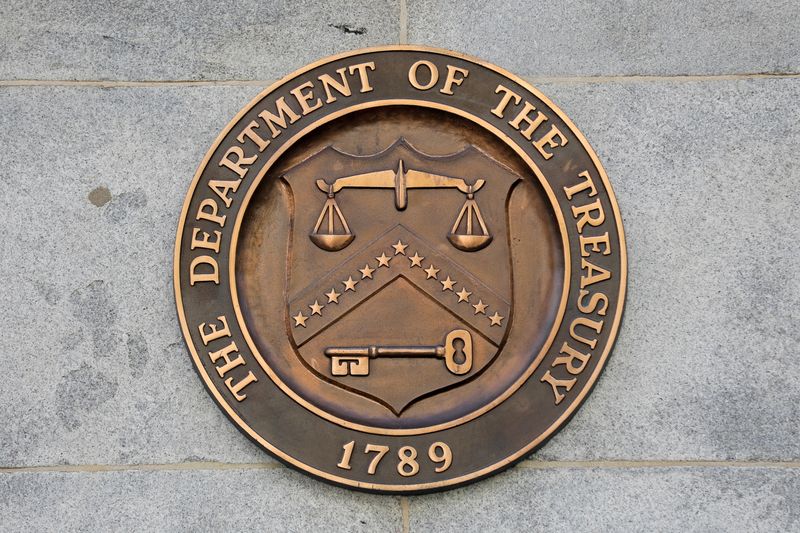Investing.com — A soft landing for the U.S. economy could have serious implications for the Treasury market, as per analysts at BCA Research.
In the note, the analysts say that with recent positive economic data pushing the 10-year Treasury yield into what they define as the “Soft Landing Zone,” investors may see stabilization in yields even as the economy avoids recession.
The “Soft Landing Zone” refers to a trading range between 3.80% and 4.83% for the 10-year yield.
This range captures scenarios where inflation trends toward the Federal Reserve’s 2% target, and unemployment stays near its current levels, reflecting neither overheating nor severe economic contraction.
As BCA’s analysts note, in such a scenario, the Fed’s easing of monetary policy would continue, but without a full-blown recession requiring aggressive cuts.
Looking ahead over the next year, BCA forecasts that Treasury yields will gradually decline if the economy follows the Fed’s projections.
Specifically, the 2-year Treasury yield could fall to 3.33%, the 5-year to 3.52%, and the 10-year to 3.84%, with the 30-year settling around 4.27%.
These projections assume moderate easing by the Fed, with the federal funds rate drifting down to 3.625% by the end of the period.
A soft landing would provide some relief to bondholders by reducing the upward pressure on yields, which had climbed amid inflation concerns and uncertainty about the Fed’s trajectory.
This scenario offers a favorable environment for bond investors, especially those maintaining positions with longer duration.
As per BCA, positioning portfolios above the benchmark duration and holding steepener trades (such as the 2-year/10-year Treasury curve) could be advantageous in anticipation of a soft-landing outcome.
However, the note underscores that risks remain. If the Fed adopts a hawkish approach even in a soft-landing environment—perhaps by pausing rate cuts after an initial easing—the upper end of the yield curve could remain elevated.
In that case, the 10-year yield might touch 4.63%, and the 30-year yield could reach 4.96%, near the boundaries of what BCA refers to as the “Inflation Scare Zone.”
The analysts stress on the importance of being prepared for different outcomes.
While they assign a low probability to an inflation resurgence, they warn that any sign of persistent inflation could push yields higher.
Similarly, if the labor market weakens more than expected, Treasury yields might fall into the “Recession Scare Zone,” where deeper Fed cuts would be necessary.



